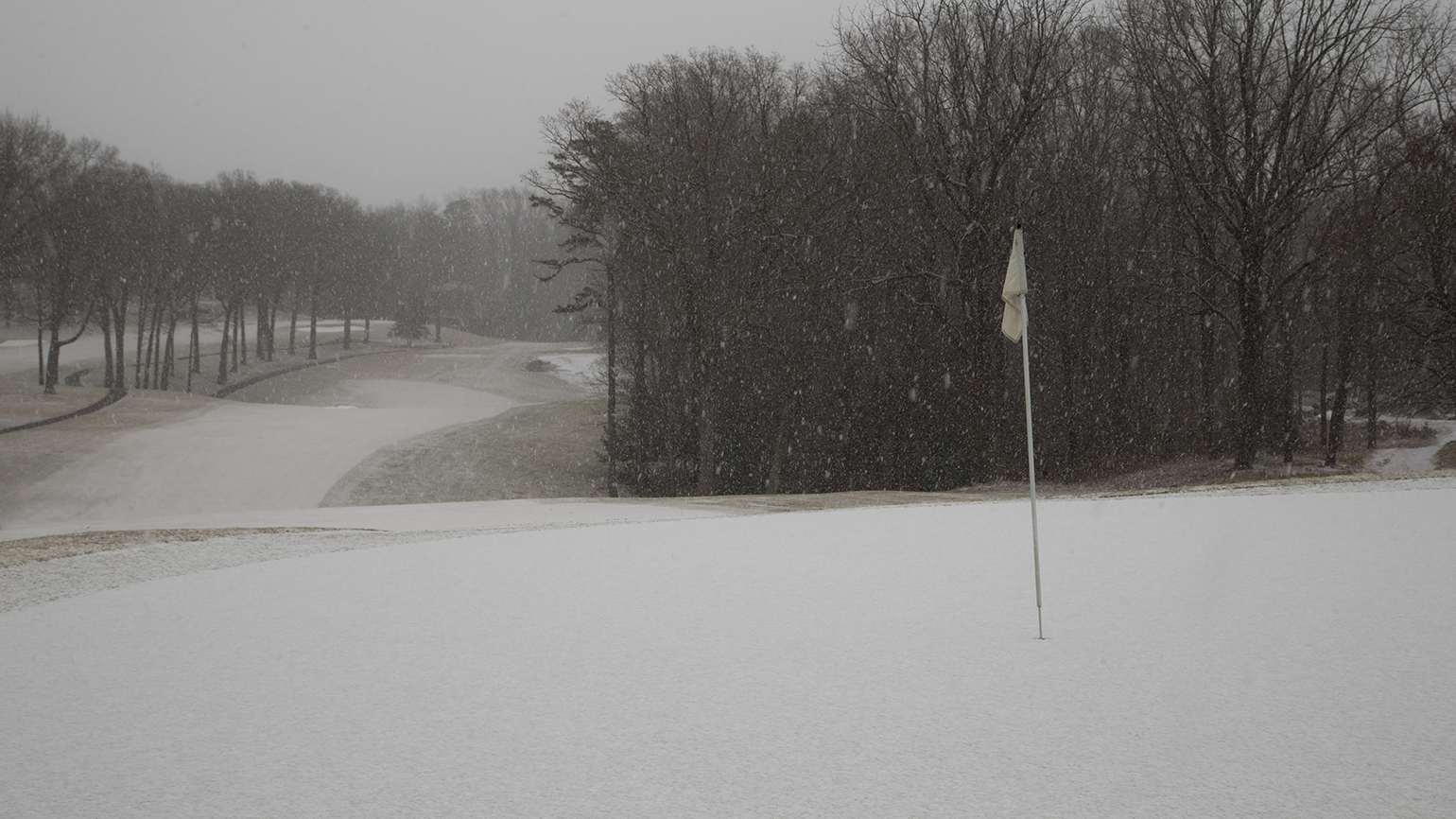-
Shopping Tools
-
Care & Maintenance
-
About
-
Dealer Login

Many golf courses close during the winter, especially in colder climates, to protect the turf and allow for necessary maintenance. However, courses in milder climates, such as Florida and California, often remain open year-round, offering golfers the chance to play in all seasons. Whether or not a golf course closes in the winter depends on factors like weather conditions, maintenance schedules, and regional climate.
Golf courses often close during the winter months for several reasons. The primary concern is the protection of the turf. Cold temperatures, snow, and frost can cause significant damage to the course's grass, especially on the greens. Here are some reasons why courses might close or reduce their operations in the winter:
While many golf courses close in winter, some stay open year-round, particularly in milder climates where the weather remains temperate. In regions like Florida, California, and parts of Texas, golf courses are often open throughout the year due to their consistently warm temperatures. These areas typically don’t experience snow, and the grass can continue growing and being maintained even during the colder months.
Courses in these regions may adjust their operations during the winter by implementing different policies to cater to golfers despite the slightly cooler temperatures. For example, they may offer late tee times to avoid frost or limit the use of carts in certain areas. Some golf courses may also implement seasonal rates or promotions to attract players during the winter months.
In colder climates, golf courses often implement strategies to continue offering play while protecting their grounds. Some of these strategies include:
The temperature at which golf courses close varies depending on the region and the specific course's policies. In general, golf courses tend to close or limit play when temperatures dip below freezing (32°F or 0°C), as frost can damage the turf. Frost is particularly harmful to greens, as the frozen grass can crack and lead to long-term damage. Many golf courses will delay opening until the frost has melted, and some may completely close if conditions don’t improve.
In regions with milder climates, golf courses remain open as long as the weather is conducive to play. In these areas, courses may only close during extreme weather events, such as heavy rain, snowstorms, or hurricanes, which can cause temporary closures until the course is safe for play again.
If you plan on playing golf during the winter, there are a few things to keep in mind to ensure you have an enjoyable experience:
While many golf courses close in the winter to protect their turf and carry out maintenance, some remain open, especially in warmer climates like Florida and California. If you’re planning to play during the colder months, always check with the course for winter policies, including tee times, cart availability, and frost delays. And if you're out on the course, using a golf cart can help you navigate the winter conditions and ensure that you’re playing comfortably, even in cold weather. Whether you’re playing in the snow or enjoying the mild winter sun, golf can be an enjoyable year-round activity with the right preparation and mindset.
